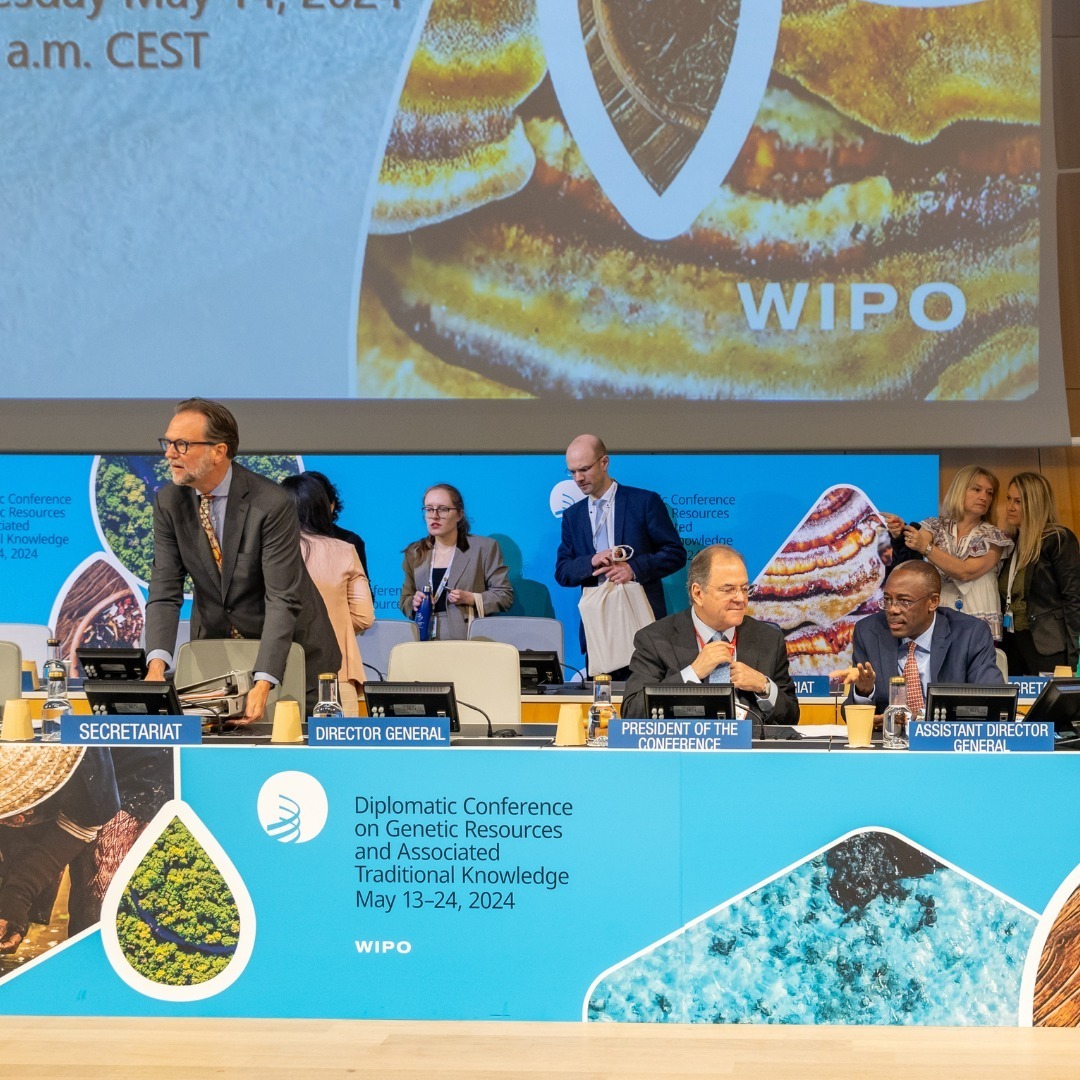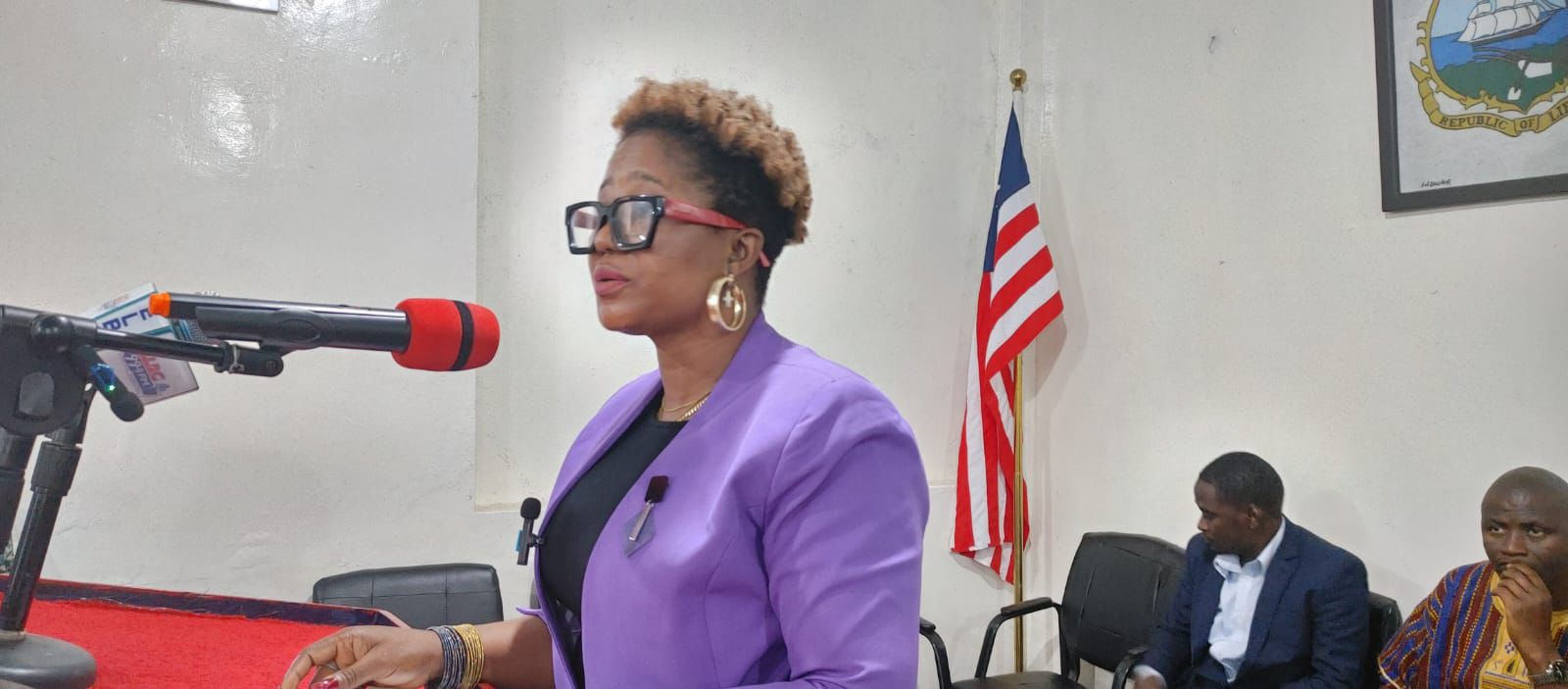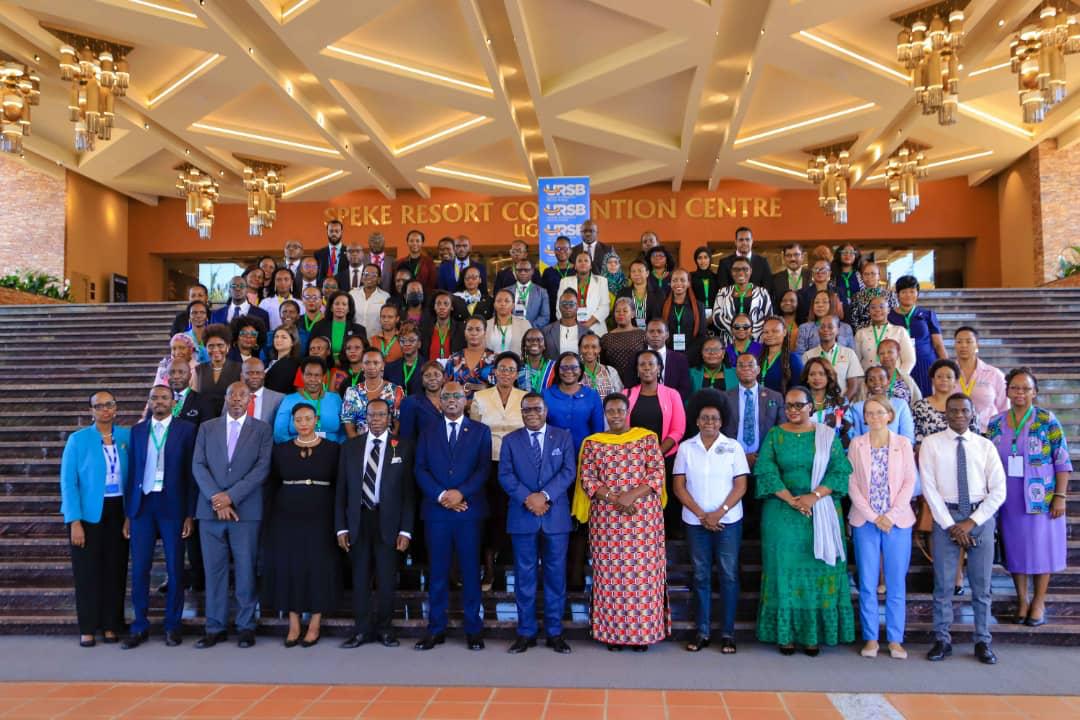Liberia, Other Nations Adopt Historic Treaty on Intellectual Property, Genetic Resources, and Traditional Knowledge
Switzerland, Geneva, May 24, 2024 – After decades of negotiations, a groundbreaking treaty addressing the interface between intellectual property (IP), genetic resources, and traditional knowledge has been adopted by Liberia and several other nations.
This historic breakthrough marks a significant milestone in international collaboration and underscores the importance of protecting traditional knowledge and genetic resources.
The treaty was adopted after nearly two weeks of intense negotiation by delegates at the World Intellectual Property Office, which ran from May 13 to 24, 2024.
Representing Liberia at the event, Hon. Garmai Koboi, the Director General of the Liberia Intellectual Property Office, noted that the adoption of the treaty is a momentous achievement that represents the collective will and views of every country involved.
“The process leading to the adoption of the treaty was arduous, but we weathered the storm,” stated Hon. Koboi. “Our collective commitment was not only to adopt the treaty but to ensure it genuinely reflects the aspirations of every nation, while providing robust provisions for Indigenous Peoples and local communities.”
The newly adopted treaty, according to Hon. Koboi, is poised to revolutionize the management and protection of intellectual property, genetic resources, and traditional knowledge worldwide while safeguarding the rights of Indigenous Peoples and local communities—setting a precedent for inclusive and equitable global governance.
The treaty, according to WIPO, is the first of its kind to address the interface between intellectual property, genetic resources, and traditional knowledge as well as to include provisions specifically for Indigenous Peoples and local communities.
Once it enters into force with 15 contracting parties, the treaty will establish in international law a new disclosure requirement for patent applicants whose inventions are based on genetic resources and/or associated traditional knowledge.
Negotiations for this treaty began at WIPO in 2001, initiated in 1999 with a proposal by Colombia, where discussions were notable for their inclusion of Indigenous Peoples and local communities.
In his remarks, WIPO Director General Daren Tang welcomed the adoption of the treaty and congratulated negotiators on the successful outcome of the Diplomatic Conference, noting: “Today we made history in many ways.”
“This is not just the first new WIPO treaty in over a decade but also the first one that deals with genetic resources and traditional knowledge held by Indigenous Peoples and local communities. Through this, we are showing that the IP system can continue to incentivize innovation while evolving in a more inclusive way, responding to the needs of all countries and their communities,” Mr. Tang added.
The President of the Diplomatic Conference, Ambassador Guilherme de Aguiar Patriota, who is also Brazil’s Permanent Representative to the World Trade Organization, called the new treaty “a very carefully balanced outcome of this Diplomatic Conference.”
He said it constitutes the best possible compromise and a carefully calibrated solution, which seeks to bridge and balance a variety of interests, “some very passionately held and assiduously expressed and defended over the course of decades.”
“We’ve been waiting for this moment for 25 years,” said Ambassador Patriota.
What Does the Treaty Do?
Broadly, where a claimed invention in a patent application is based on genetic resources, each contracting party shall require applicants to disclose the country of origin or source of the genetic resources. Where the claimed invention in a patent application is based on traditional knowledge associated with genetic resources, each contracting party shall require applicants to disclose the Indigenous Peoples or local community, as applicable, who provided the traditional knowledge.
What are Genetic Resources and Associated Traditional Knowledge?
Genetic resources are contained in, for example, medicinal plants, agricultural crops, and animal breeds. While genetic resources themselves cannot be directly protected as intellectual property, inventions developed using them can, most often through a patent.
Some genetic resources are also associated with traditional knowledge through their use and conservation by Indigenous Peoples and local communities, often over generations. This knowledge is sometimes used in scientific research and, as such, may contribute to the development of a protected invention.






